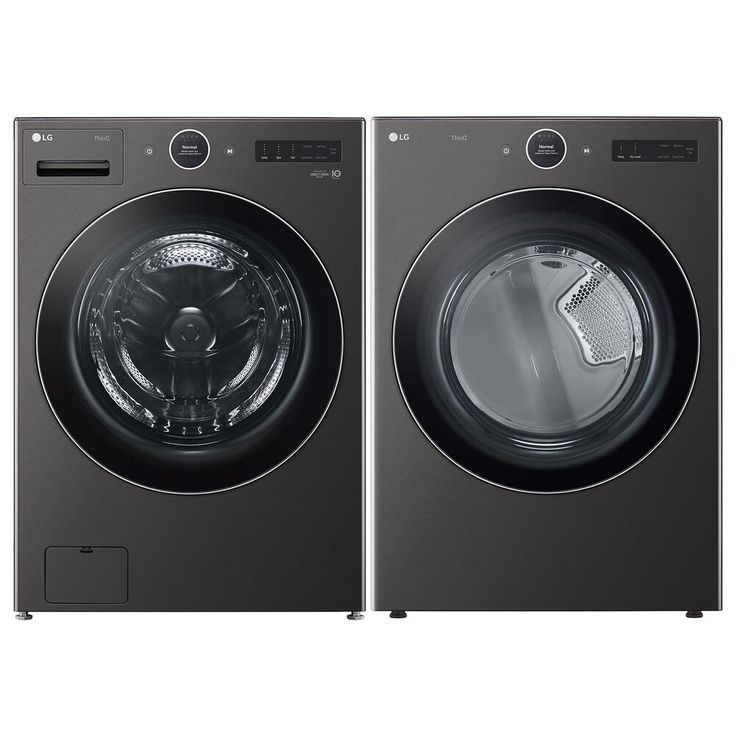Nanny-level dryer purchase guide.

Creating a cozy summer home that serves as a peaceful retreat requires careful selection of appliances that enhance comfort without compromising on style or efficiency. At Appliances 4 Less Little Rock, we cater to residents in Little Rock, Benton, Conway, and Pine Bluff with an array of open box, scratch, and dented appliances that are perfect for elevating your summer living. Here’s our guide to the essential appliances for a cozy summer home.
During the rainy season, the clothes at home are always not dried? Once it is cloudy for several consecutive days, the clothes on the balcony will be airtight, causing the clothes to mold and smell? Friends who have the above problems, it is time to buy a dryer. With it, you don’t have to worry about the clothes getting moldy and smelling! The following is my guide to buying dryers nearby. If you don’t know how to buy a dryer, hurry up and learn!

1. Types of dryers
There are three common dryers on the market, namely direct-discharge dryers, condensing dryers and heat pump dryers.
Direct-discharge dryer: The drying principle is to directly supply high-temperature air for drying, and an exhaust port is required.
Advantages: low price, and the dried clothes do not have too many wrinkles.
Disadvantages: easy to damage clothes, high power consumption, difficult to install, loud noise, and long drying time.
Condensing dryer: A condenser is installed on the basis of the direct-discharge dryer, which condenses and collects the water vapor of the clothes by heating the air and heats the air again to dry the clothes.
Advantages: moderate price, high cost performance, low damage to clothes, low power consumption.
Disadvantages: low drying efficiency, long drying time, need to connect water pipes during installation.
Heat pump dryer: active heating and pressurization through the compressor to achieve hot and cold air exchange inside the machine.
Advantages: low damage to clothes, easy installation, low noise, fast drying speed, low energy consumption.
Disadvantages: high price.
2. Motor
Fixed frequency motor: continuous high-speed operation, high power consumption, large damage to clothes, and high noise during operation.
Variable frequency motor: can control the speed of the motor, more energy-saving and power-saving, low damage to clothes, and low noise.
3. Flip function
1:1 forward and reverse rotation can break up clothes without entanglement. In this rotation mode, clothes can be better stretched, with a larger contact area with hot air and higher drying efficiency. I recommend that you choose a dryer with a dual-engine heat pump 1:1 full-time reversal function, which has high drying efficiency and low damage to clothes.

4. Lint Filter System
The lint filter can effectively block and collect lint, thread ends, cotton wool, or paper towels in your clothes pockets caused by rolling friction. Remember to clean the lint collected by the lint filter regularly.
5. Sterilization and Mite Removal
UV ultraviolet sterilization: The working principle is to use ultraviolet high photon energy to destroy cells, and the sterilization rate is as high as 99.9%.
High-temperature steam sterilization: The working principle is to use a temperature of 56 degrees Celsius for more than half an hour to achieve the effect of high-temperature sterilization, and the sterilization rate is as high as 99%.
High temperatures above 60 degrees Celsius can kill most bacteria and have a good mite removal effect, but silk and wool products need to be operated carefully according to the material.
With a dryer, you don’t have to worry about clothes not drying in the future! Save time and effort, and the family happiness index soars.

